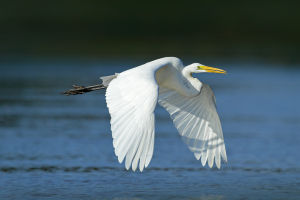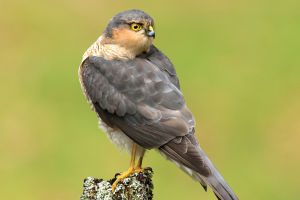Zebras are unique and eye-catching animals on the African grasslands, belonging to the genus Equus of the family Equus.
Their appearance is very distinctive, and the most well-known is the black and white stripes.
Each zebra's stripes are unique, forming a significant difference between them and other animals. These stripes not only give zebras a high degree of recognition but also make them an important symbol in many cultures.
Even in the writings of ancient Egypt, there are also figures of zebras. In the early twentieth century, zebras were protected in most parts of Africa and became one of the important species in people's eyes.
Zebras have strong survival ability, especially in harsh natural environments. They are adapted to the drought and low rainfall environment in Africa and can maintain health and vitality in the absence of resources.
This resilience makes zebras an indispensable force in the migration process. The anti-fatigue substances in their bodies can help them maintain their physical strength for a long time. Whether running or trekking, zebras can cope with natural challenges in a stable state.
Zebras' alertness is also one of the important factors for their survival in the African grasslands. They are extremely sensitive to environmental changes, and can quickly identify potential threats and respond quickly.
This alertness allows zebras to protect themselves more effectively from predators, increasing their chances of survival in harsh environments. Although they feed on grass and appear to be docile and harmless on the surface, zebras' reaction speed and keen senses make them a "powerful" animal when faced with danger.
In terms of speed, zebras are not as good at running as horses, but their endurance is exceptional. They can run on the grassland for a long time, with a speed of up to 50 kilometers per hour, which provides them with an opportunity to escape predators.
Especially during large-scale migration, the running scene of zebras is particularly spectacular, with groups of zebras galloping on the grassland, changing direction from time to time, forming a flowing black and white "rainbow". This picture is not only shocking but also a unique landscape on the African grassland.
However, even though zebras have so many excellent qualities, Africans never domesticate them. This is closely related to the habits of zebras. Early humans tried to domesticate zebras, but zebras proved to be extremely difficult to control, irritable, and aggressive.
This nature made most attempts to domesticate zebras fail. Of the hundreds of zebras, only a few were successfully domesticated, and even fewer could be ridden. Therefore, zebras are not as valuable as riding or transportation tools and are far less practical than horses or donkeys.
In addition, zebras are not as strong as horses, are easily injured, have a slower growth period, and have a relatively high mortality rate. Domesticating zebras not only takes a lot of time and money but also has far fewer benefits than domesticating horses or other livestock.
Although zebras run fast, they are still behind horses, so zebras do not have the advantages of riding and speed that horses have. Coupled with their difficult-to-tame character, zebras have never really become human "partners."
The zebras' irritable temper not only makes domestication difficult but also makes them behave more aggressively in human environments such as zoos.
Although tourists are often attracted by the zebra's lively and cute appearance zebras are very likely to attack humans when they are stimulated or threatened. In some zoos, there have even been incidents of zebras biting tourists, so zebras have also been nicknamed "the rogue among vegetarian animals".
Although zebras have no history of domestication and are not suitable for being a means of transportation or labor for humans, they still show their unique charm in nature with their tenacious vitality and agile figures. Zebras are not only a beautiful landscape on the African grasslands, but also a symbol of a free spirit that is difficult to tame.


